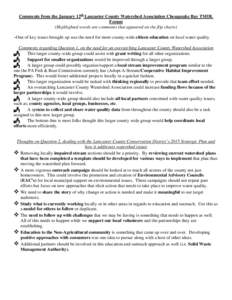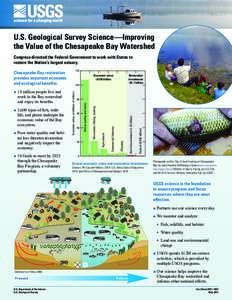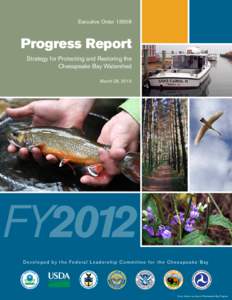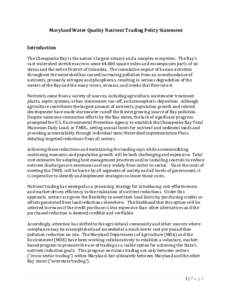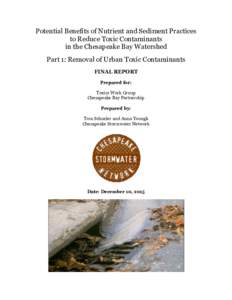<--- Back to Details
| First Page | Document Content | |
|---|---|---|
 Date: 2012-03-16 12:00:03Moronidae Chesapeake Bay Watershed Intracoastal Waterway Villy Christensen Chesapeake Bay Overfishing Menhaden Chesapeake Biological Laboratory Eastern oyster Fish Fisheries science Sport fish |
Add to Reading List |
 Microsoft Word - TM106 FINAL.doc
Microsoft Word - TM106 FINAL.doc